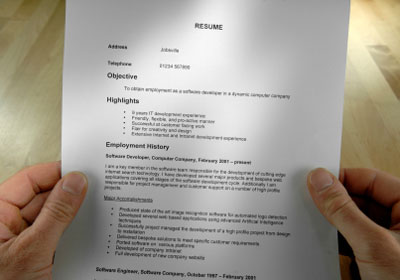 More and more employers are looking past achieving employee “satisfaction” and “engagement” and aiming for employee “happiness.” A recent article on the SHRM website got me thinking about the difference between satisfaction, engagement, and happiness.
More and more employers are looking past achieving employee “satisfaction” and “engagement” and aiming for employee “happiness.” A recent article on the SHRM website got me thinking about the difference between satisfaction, engagement, and happiness.
Satisfaction: Content with the job – this is rather passive, as in, this job is okay – I am satisfied. I won’t actively look but if someone comes calling…
Engagement: Beyond satisfaction, there is a bond with coworkers and a mentor/mentee relationship. Gallup’s 2013 State of the Global Workplace report revealed that while less than a third (30%) percent of U.S. employees are engaged at work while 4 in 5 (81%) are satisfied with their current job.
In short, satisfied is simply content.
So what do employees need? What makes them happy? Abraham Maslow introduced the hierarchy of needs in 1943 – revealing people’s most basic physiological needs that place food, shelter and safety at the base of a needs pyramid while creativity, self-esteem and respect show up at the top of the needs pyramid.
So how do we measure true employee happiness? Satisfaction or engagement? After all, the goal is effectiveness and with it retention.
We all know when people “show” happy at work (whistling in the halls or laughing with co-workers in a team meeting). But, are they really happy. My opinion is that true engagement not just “job satisfaction” will sky-rocket their “work happiness.” We see clients who involve their staff in decisions about the direction of their company or department increasing employee engagement. Also, ensuring the alignment of skills, passions and experience with the job duties increases the “employee happiness meter.” Finally, I believe that creating a culture that respects your employees and their life situation(s) provides a two-way street that gives employees a true sense of a mutually respectful relationship which in turn increases engagement.
We have instilled accountability into our culture at Willory but it is a collaborative effort. Individual and team goals are set and mutually agreed upon. Metrics are measured each quarter with praise and constructive feedback on how to improve. It is not micromanaged just managed. As a result, performance has increased and employees are engaged.
Recently Posted
Tag Cloud
Office

OH 44210
Connected:
Quick Links
For Employers
For Candidates
Your Source For HR & Payroll News
- Privacy Policy
- Terms & Conditions
- Site Map



